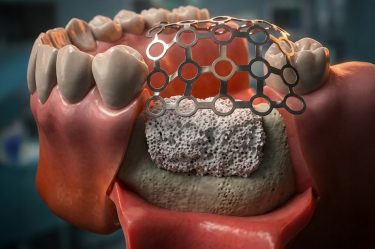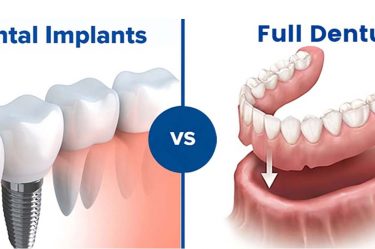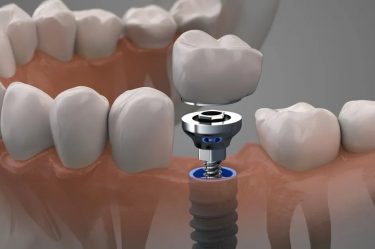Types Of Dental Implants And Their Benefits
Dental implants are the oral prosthetic substitute of tooth roots.The common choice of metal, titanium, is used to support jaw bones or cheek bones. One of its main functions is that it allows dental prosthetics like bridges, fake teeth, dentures etc. to be held correctly and comfortably. These implants are utilized to replace the tooth or its root incase of any permanent damage to the tooth or teeth or gums. The tooth or teeth that are replaced can be permanent or a removable replacement tooth or teeth.
Dental Implants have a very high success rate, the success rate in India itself is estimated to be more than 95%. Its resemblance is close to our natural teeth and it is difficult to see any difference after some time. There is also a direct stimulating effect on bone just like a natural tooth. Not just that, there is very little discomfort in applying these dental implants. But the prerequisite to this procedure is healthy gums..
How Do Dental Implants Work?
The procedure through which the implants link up with the bone is known as Osseointegration. In this process, bone cells develop to form a direct contact with the exterior of the implant which provides a secure and rigid attachment for dental prosthetics.
Different Types of Dental Implants
- Eposteal or Subperiosteal Implant –
This implant receives its bone support by upholding upon the bone itself. Due to the requirement of substantial bone addition of a bone grafting procedure is not uncommon. This grafting is only done after a thorough inspection to avoid resorption resulting from any causal factors. They are used incase of high risk of bone resorption as well as extreme bone resorption. These implants are bound to the jawbone and at the same time are placed on the interior of the bone to act as root stand-in. Though Endosteal implants are used more commonly now Eposteal implants are also used in case patients don’t have healthy jawbones.
- Endosteal or Endosseous implant-
The Endosteal implants are the most commonly used implants. These are made of titanium as the metal is strong and durable. They are surgically embedded inside the jawbone using their screw or cylinder or blade structures and jut through the gum to clamp the proxy prosthetic. Endosteal implants act as an artificial root. The bone cells form a connection with the prosthetic using a post.
- Transosteal Implant-
Transosteal implants are the least used nowadays as they can only be fitted in the lower jaw bone. The procedure to imbed them into the lower jaw is by attaching a metal plate at the base of jawbones and inserting screws through the jawbone to embed them within the gum and its tissue. These surgeries can be expensive as the implants have to be customized according to the dimensions of the patient’s mouth. Not just that, this procedure is very convoluted to perform and also causes great discomfort to the patient. This type of implant is only used if gums are not healthy and Eposteal implants can also not be used. With new dental equipment being introduced day by day, dental Implants help people deal with dental issues in an efficient manner. They provide less complication, less maintenance, generally are economical and have a variety of methods to solve a wide array of dental issues. Endosteal are the most commonly used implants followed by Eposteal and Transosteal in order.




No Comment